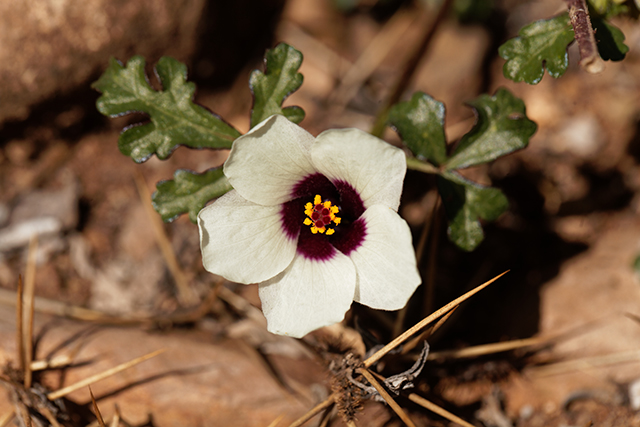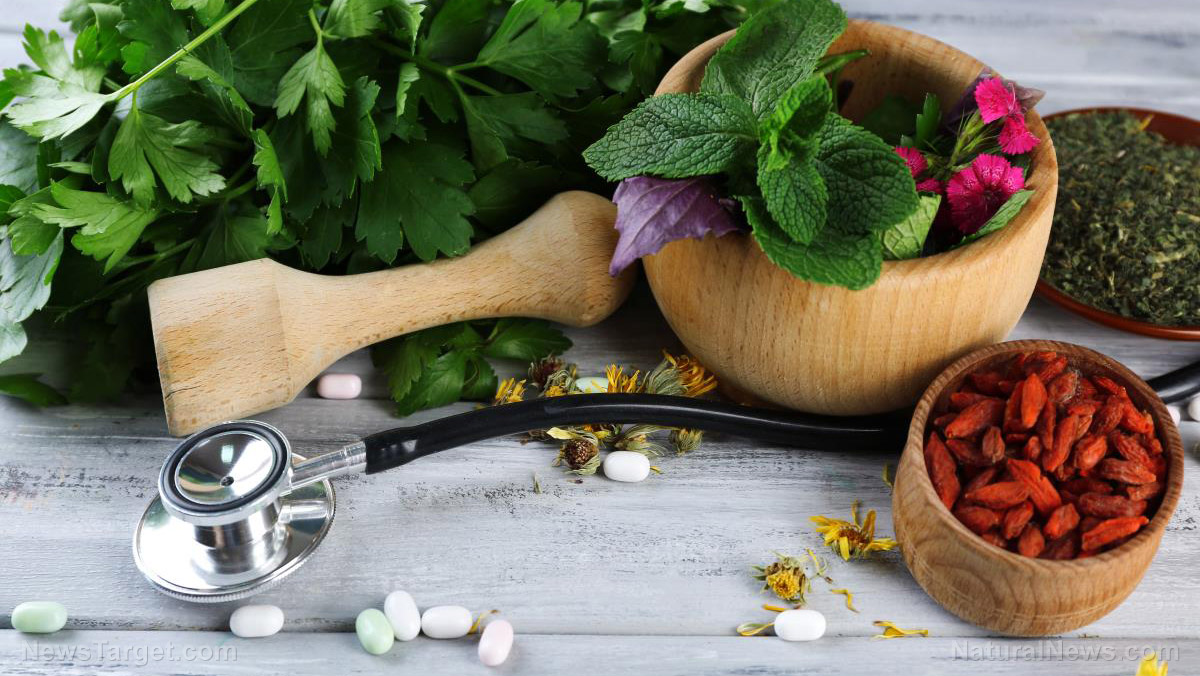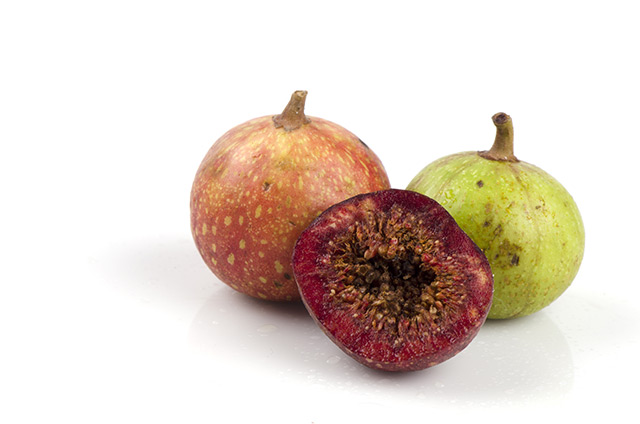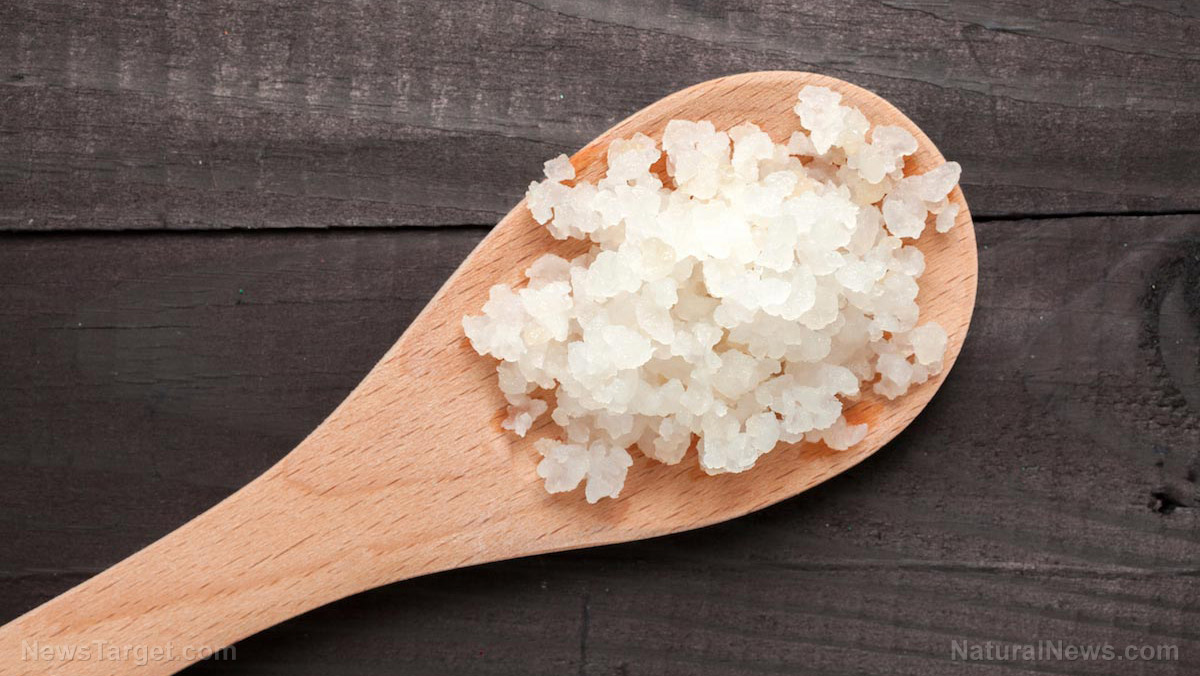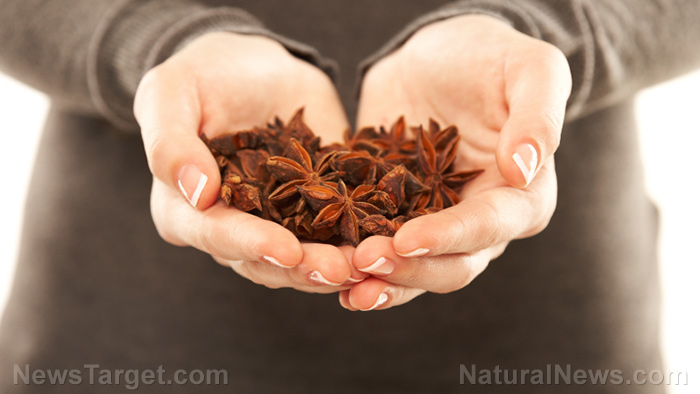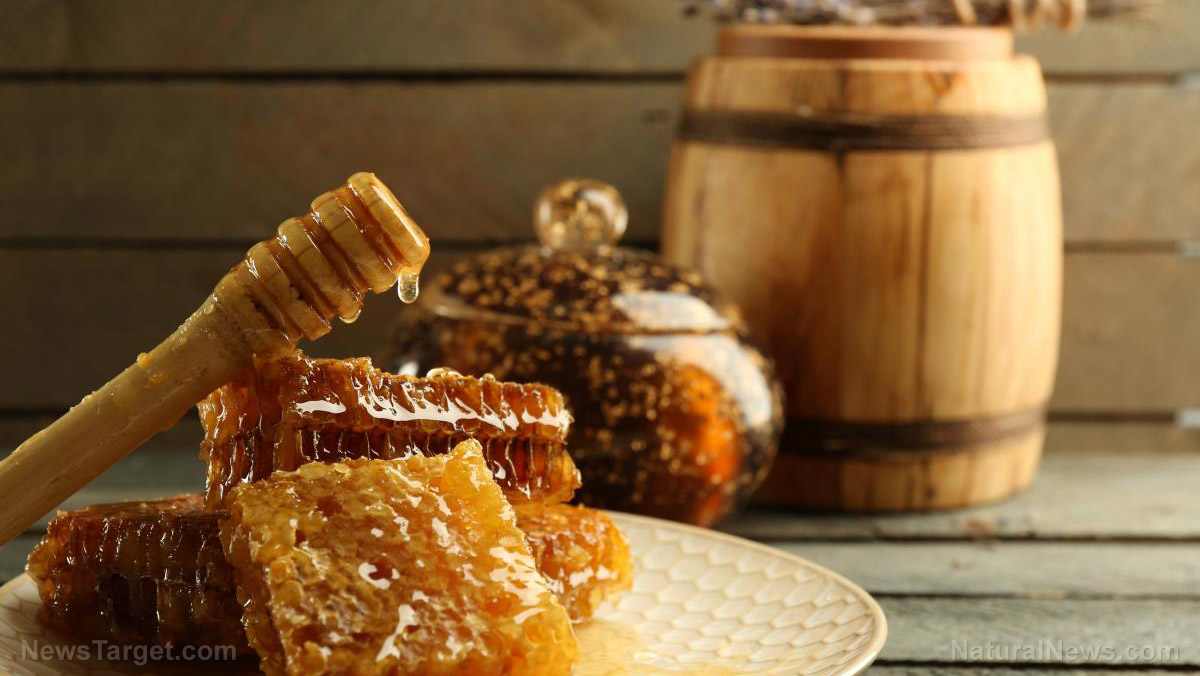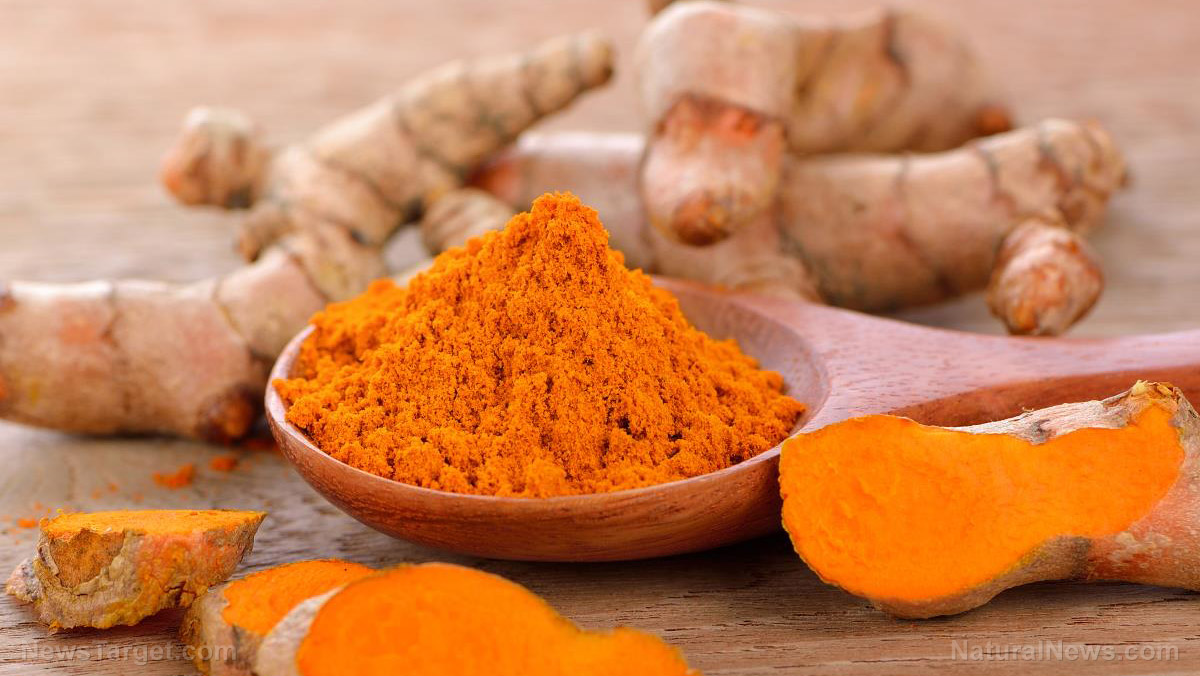07/01/2018 / By Michelle Simmons
Researchers at the University of Gondar in Ethiopia looked at the antibacterial and wound healing properties of an 80 percent methanol extract of Hibiscus micranthus Linn. leaves using disc diffusion methods and a mouse excision model.
- For the study, the researchers carried out in vitro antibacterial screening against bacterial strains, such as Staphylococcus aureus, Streptococcus pneumoniae, Streptococcus pyogenes, Escherichia coli, Pseudomonas aeruginosa, Klebsiella pneumoniae, and Proteus mirabilis, using disc-well diffusion assay.
- To measure the plant’s wound healing activity, they divided 24 mice into four groups: a negative control group, a group treated with nitrofurazone ointment, a group treated with five percent extract of H. micranthus leaves, and a group treated with 10 percent extract of H. micranthus leaves.
- In addition, they assessed the leaf extract for secondary metabolites using standard methods.
- Before conducting the actual study, the researchers conducted acute oral toxicity test and skin sensitivity test, in which the extract was found to be safe up to a dose of two grams per kilogram (g/kg) and does not cause skin irritation.
- Initial phytochemical screening revealed that the leaf extract of H. micranthus contains alkaloids, flavonoids, saponins, tannins, steroids, phenols, diterpenes, and anthraquinones.
- Based on the results of the study, S. aureus and S. pneumonia were the most sensitive to the extracts of the leaves at concentrations of 800 micrograms per milliliter (μg/ml) and 400 μg/ml respectively followed by P. aeuruginosa at a concentration of 400 μg/ml; while the other strains were resistant to the extract.
- Both five percent and 10 percent H. micranthus extracts caused 99.30 percent and 99.13 percent wound contraction rate, respectively.
In conclusion, methanol leaf extract of H. micranthus contains antibacterial properties and can accelerate wound healing due to the presence of phytoconstituents.
For the full text of the study, go to this link.
Journal Reference:
Begashaw B, Mishra B, Tsegaw A, Shewamene Z. METHANOL LEAVES EXTRACT HIBISCUS MICRANTHUS LINN EXHIBITED ANTIBACTERIAL AND WOUND HEALING ACTIVITIES. BMC Complementary and Alternative Medicine. 2017; 17(337). DOI: 10.1186/s12906-017-1841-x
Receive Our Free Email Newsletter
Get independent news alerts on natural cures, food lab tests, cannabis medicine, science, robotics, drones, privacy and more.

